- Solar advice hub
- How-solar-works
- You have solar panels – now what?
You have solar panels – now what?
Here's how to maximise your system’s output and profits, and how you should alter your electricity usage.


Why you can trust our content
We know that the solar industry is full of misinformation, but we only use reliable sources, including:
- Our experienced solar experts, installers and system designers
- Our own database of solar & battery system designs
- Authoritative bodies like MCS and the UK government



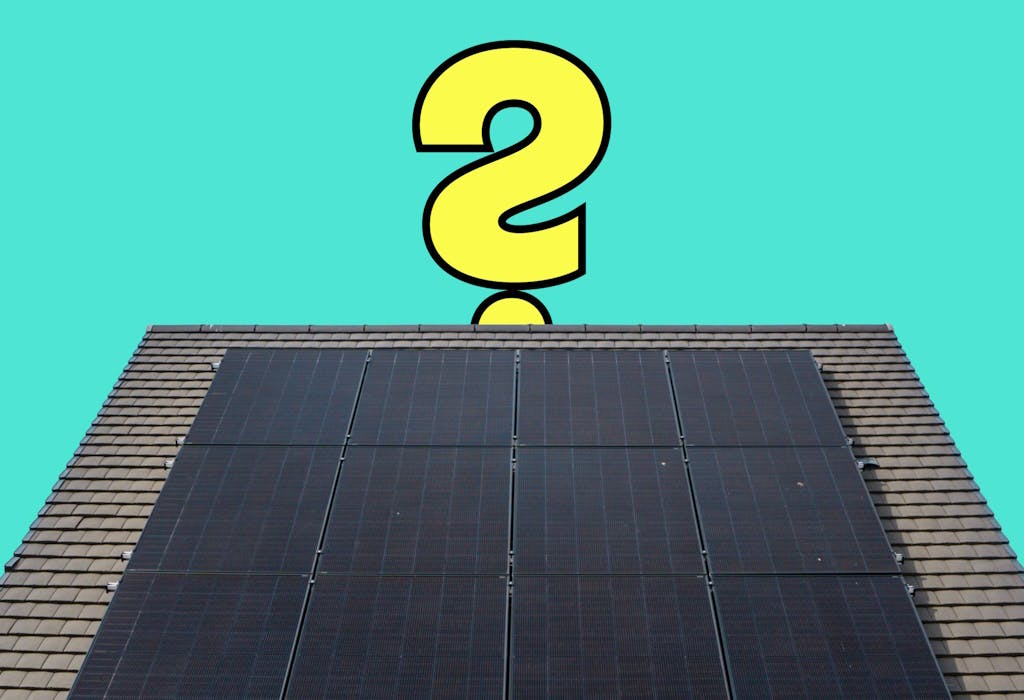
At a glance
You’ve managed to get solar panels installed on your home, which is an achievement in itself, but now you’ll want to maximise your savings.
If you have the right certificates, maintain your system properly, and adjust your usage in certain ways, your household can fully benefit from its daily supply of free electricity for decades to come.
In this guide, we’ll explain the best ways to maximise your system’s output, how to sign up for a top solar export tariff, and what changes you should make to your electricity usage.
If you’re interested in how much you could save with a solar & battery system, enter a few details below and we’ll generate an estimate.
What to do after you get solar panels
You’ve joined the 1.5 million UK homeowners who’ve had solar panels installed, which means you’re set to massively cut your electricity bills – but if you take a few more simple steps, you can maximise your returns.
Here are the best ways to ensure you’re set up properly to make the most of your system.
1. Make sure you’ve got all the right documents
You’ll need to get all the necessary documents from your installer, and keep them safe so that you’re prepared for whatever the future holds.
With these files, you’ll be able to access and earn with a solar export tariff, make claims on your warranty, and pass on the system if you ever sell your home.
2. Sign up for the right solar export tariff
Once you have all your documents, you’ll be able to apply for a solar export tariff that can earn you hundreds of pounds per year, simply for sending your excess electricity to the grid.
It’s vital that you choose one of the best tariffs, as the difference can be hundreds of pounds per year.
A typical UK household can earn £361 per year from exporting their excess solar electricity.
This figure is based on a home using 3,400kWh of electricity per year (which is the UK average) with solar irradiance of 850kWh/kWp, a 4.4kWp solar PV system, and a 5.2kWh battery.
The home is signed up to E.ON’s Next Export Exclusive for export, E.ON Next Drive for import, and exports 34% of its solar electricity.
In contrast, if you don't select the best import and export tariffs, you could miss out on thousands of extra pounds across your system's lifespan.
However, which tariff is best for you depends on your household’s consumption level and patterns, as well as whether you have a heat pump or electric car.
To learn more, check out our guide to the best solar export tariffs.
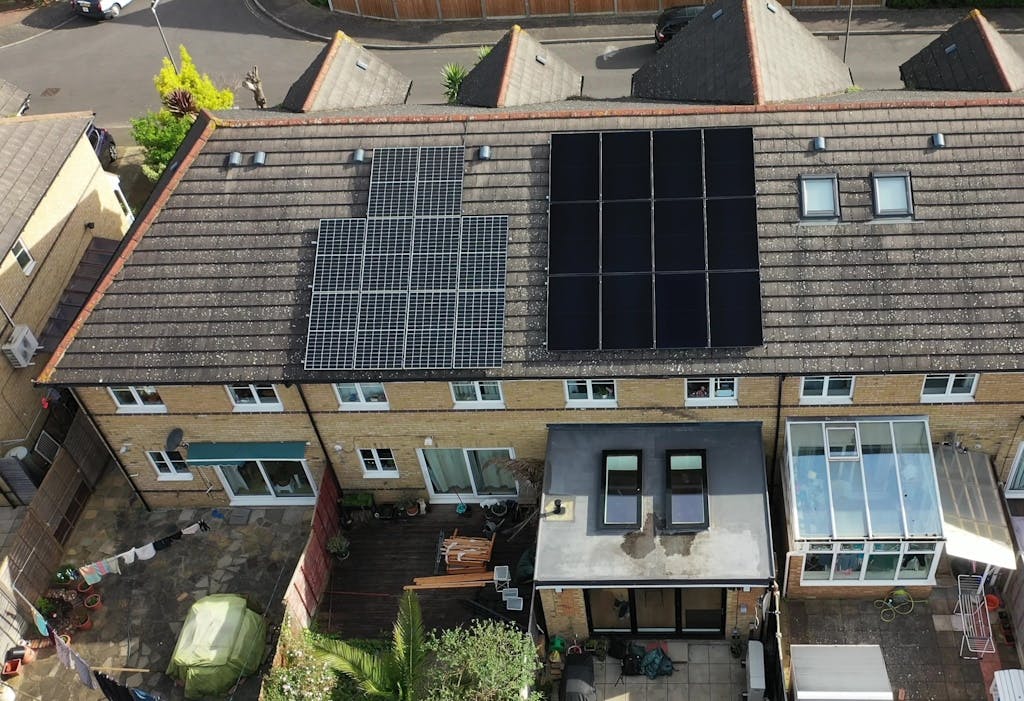
How to sign up
To sign up to an export tariff, you’ll need a smart meter and some of the documents listed above.
Typically, a supplier will ask for your Flexi-Orb or MCS certificate, G98 or G99 certificate, and system schematic during the sign-up process.
The first step is to pick the best tariff for your household. Some of these options will require you to switch electricity suppliers, which shouldn’t take longer than three weeks.
You’ll then have to fill in an application form, which may require you to provide proof of address – like a recent electricity bill – and your bank details.
Your supplier should process your application within a couple of days, at which point either you or the supplier will contact your Distribution Network Operator (DNO), which is the organisation that runs the hardware supplying electricity to your area.
The DNO should then provide your home with an export MPAN (Meter Point Administration Number) – a 13-digit number that’s unique to your electricity meter – within one to four weeks.
A few days later, your supplier should ask for an initial export meter reading, potentially with a photo that shows your reading is accurate.
After your supplier validates your reading, you can start receiving export payments. Different companies pay monthly, quarterly, or annually, so it’s worth checking – though in any case, they should always backdate payments to the moment you started exporting.
If your installer and supplier can’t fast-track this entire application process, it can take up to 11 weeks.
3. Get a solar panel monitoring app
Make sure you get your solar panel app as soon as possible, so you can keep track of your generation, consumption, storage, and exports.
You can download the free app to your phone or tablet straight after your system has been installed.
This app, which is always made by the company that manufactured your solar inverter, pulls data from your inverter and presents it in a straightforward way.
Depending on which manufacturer’s app you’re using, these numbers should refresh every five to 15 minutes.
If you have an electric car, you can use this app to set when it charges, so it never runs out of energy.
So a solar panel app is a good way to check your system is working properly, plus it comes with features that make it easier for you to save money on your bills and boost your export income.
Some people get so hooked on their solar panel apps that they end up checking them multiple times per day, like these solar panel owners on Reddit.
4. Program your battery
You can use your solar app to take control of your battery, so you can decide when it charges and discharges.
With most export tariffs, there’s no point in setting your battery’s schedule – but it’s a crucial step if you’re using a time of use export tariff like Octopus Flux, which has peak and off-peak periods but doesn’t manage your battery for you.
You’ll need to program your battery to charge at off-peak times and discharge at peak times, to maximise your export earnings. This should be easy to schedule in most solar apps.
5. Inform your home insurance provider
Tell your home insurance provider about your new solar panel system and where it’s located as soon as possible.
Like most home improvements, a solar installation can increase your home’s market value and also its rebuild value – that is, the amount it would cost to rebuild your property if it was entirely destroyed.
That means you may have to change your policy, and your premiums could go up – but that’s what happens when you upgrade your home.
Any increase in your costs should be cancelled out by the lifetime savings you’ll make from your solar panel system.
6. Adjust your energy usage
Now you have solar panels, it’s time to maximise your energy bill savings by changing your consumption patterns.
The more usage you can shift to times when the sun is shining and your panels are producing electricity, the better.
This means using your washing machine, dishwasher, and electric car charger – for example – during the day whenever you can.
If you’re able to use solar electricity to power the appliances in your home that consume the most energy, you can make massive savings on your energy bills.
It’s only if you sign up to Intelligent Octopus Flux that your calculations will be different.
Once you’re on this smart export tariff, it’ll charge you the same amount to import electricity as it pays you for your excess electricity, which means you’ll earn the same from your solar electricity, whether you use it or sell it.
7. Switch to smart appliances
You can program smart appliances to turn on at certain times, which allows you to make the most of your solar electricity as it’s being generated.
Even if you’re away from home, you can use your phone or tablet to turn on smart devices including coffee makers, slow cookers, ovens, and robot vacuums.
And if you don’t want to buy a load of new products, this effect can also often be achieved with smart plugs, which allow you to set a schedule for any device that’s plugged into a socket.
8. Keep your solar panels clean
It’s important to make sure your panels stay spotless, but fortunately, UK households don’t have to worry about cleaning them regularly.
Solar panels come with a hydrophobic coating that ensures any rainwater runs off, cleaning the surface as it goes – and the UK produces rain routinely enough to sweep dust and debris away before they build up.
This is why solar panels are often called self-cleaning systems.
They’ll still need to be cleaned eventually, but typically only every two or three years. You can do it yourself with a soft, extendable brush and some water, or you can pay a professional, which usually costs around £10 per panel.
9. Watch out for new shading
Keep an eye on anything that might cast shade on your panels, including objects that weren’t an issue when the system was installed.
For instance, you or your neighbour might have a tree that’s not causing any problems at the moment, but could grow high enough to one day impact your solar generation.
This might not be an issue for 10 or 20 years – but considering panels last 40 years, it’s worth keeping an eye on.
As well as reducing your system’s output, shade can also cause hotspots. This heat can melt or burn your panels, damage the electrics, or cause the glass to crack and degrade.
In some cases, new shade is unavoidable – for instance, if a large building goes up near your home, you may not be able to stop the construction.
If this happens, you may want to consider adding optimisers or microinverters to your system, so that the shade’s effect on your system is limited to the panels it covers.
10. Explore your solar panel maintenance options
Now that you’re set up with a solar & battery system, you should start thinking about how you’ll ensure it keeps generating as much electricity as it can, for as long as possible.
It’s vital to decide how you’ll maintain your system now, instead of waiting until it’s an emergency. With tens of thousands of pounds in potential savings on the line, it’s worth having a plan.
If you’ve signed up to Sunsave Plus, you’ll already be covered by the 20-year Sunsave Guarantee, which includes 24/7 monitoring, free replacement parts (including a battery and inverter), and downtime cover. Your system will also be insured by Aviva against damage, fire and theft.
Other households will need to research whether any installers in their area offer maintenance support, as solar panel warranties don’t cover many eventualities, and workmanship warranties typically end after two or three years.
11. Electrify your home
If your budget allows, it’s worth figuring out if you can run more of your appliances on electricity, to take full advantage of the free electricity flowing from your panels.
In particular, consider whether you could get a heat pump or electric vehicle, as either one will cost significantly less to run now that you’re generating solar electricity every day.
Running your biggest energy-consuming devices on solar electricity will increase your self-consumption, which is usually the best way to maximise your savings.
It’ll also massively reduce your carbon footprint, since you’ll be replacing the likes of petrol and gas with clean, green electricity.
How do solar panels work with your electricity bill?
The electricity your solar panels produce will reduce the amount you need to buy from the grid, meaning your electricity bill will be lower every month – unless you pay by direct debit.
In that case, your credit will simply build up quicker, since you’ll be paying the same amount every month while being charged less.
To get some or all of this money back, just contact your supplier and request a refund, which will be paid straight into your bank account – though it may take a couple of weeks.
You should also consider reducing your direct debit payment, to ensure you’re not paying more into your energy bill account every month than you need to. This will avoid the need for refunds.
Your bill should also show you the amount of electricity you’ve exported to the grid, along with the earnings you’ve gained as a result.
How much money will you save?
On average, you could save 86% on your electricity bills with a solar & battery system.
This may sound too good to be true, but it’s all because of the high performance of modern solar panels and storage batteries, as well as export income.
The panels will massively reduce the amount of electricity you buy from the grid, and you’ll also earn money by selling your unused electricity to the grid.
This figure is based on a sample of over 150 systems installed by Sunsave across England and Wales in 2024. The average system is 6.1kWp, with 54% of solar electricity used at home and 46% exported to the grid.
The amount you’ll save will depend on many factors, including weather conditions, how much shading there is on your roof, how well you maintain your system, the quality and durability of your equipment, your inverter, and the orientation and angle of your roof.
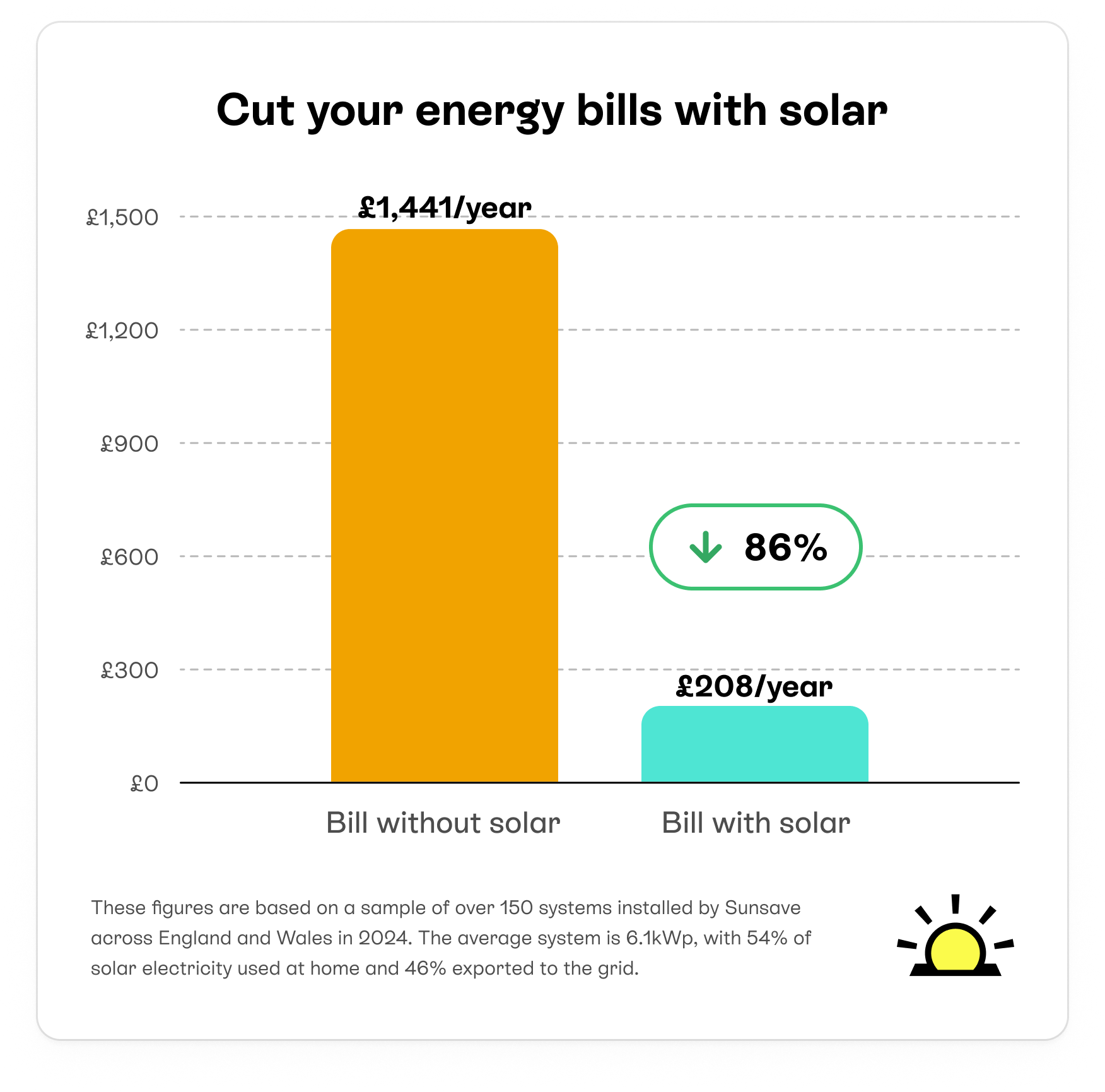
How much money will you earn through export payments?
The average household will earn between £200 and £400 per year through export payments.
We’ve based this figure on a household experiencing average UK irradiance with a 4.4kWp solar panel system and a 5.2kWh battery, using 3,500kWh of electricity each year and exporting 34% of the electricity its panels generate.
Your home’s export earnings will vary depending on the export tariff you choose, how much solar electricity your system produces each year, your electricity consumption patterns, and the size of your battery.
To maximise your export payments, you’ll probably have to switch electricity suppliers – but fortunately, that’s a relatively simple process.
Summary
With a few simple changes to your household’s electricity consumption patterns, the addition of an export tariff, and regular maintenance, you can make the most of your new solar panels.
You’ll earn all the savings and profits that make going solar such an excellent idea for your bank balance.
And once you’ve obtained and stored all the right documents, notified your home insurance provider, and got used to your monitoring app, you’ll be set for anything your solar future holds.
If you’re interested in how much you could save with a solar & battery system, enter a few quick details below and we’ll generate a quick estimate.
FAQs
Related articles

Selling electricity back to the grid: the expert guide
Read full story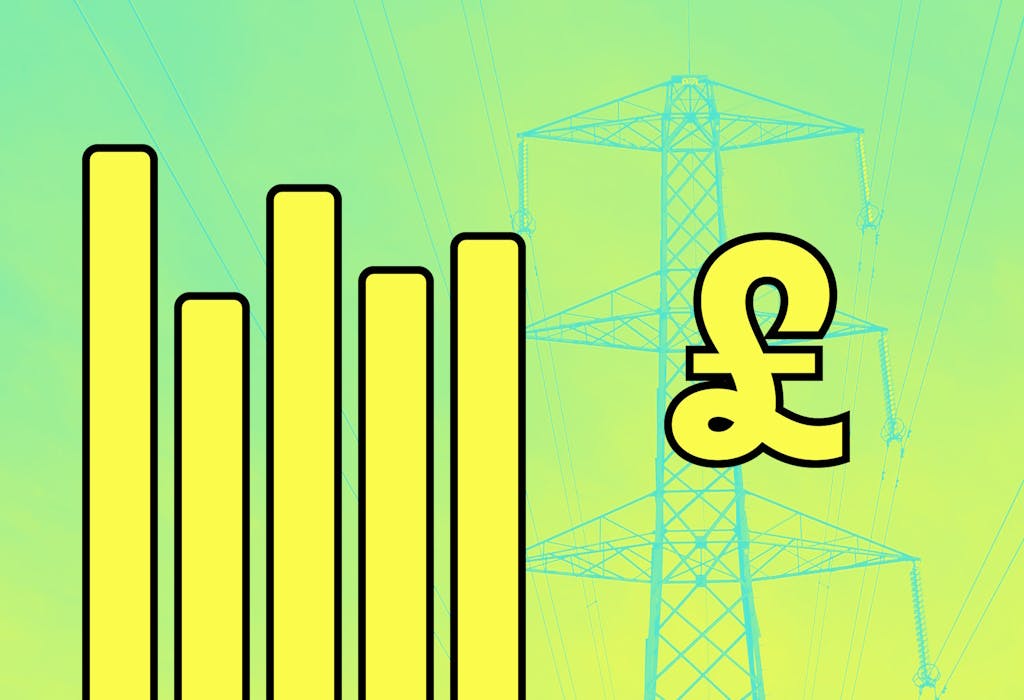
What are the best SEG rates?
Read full story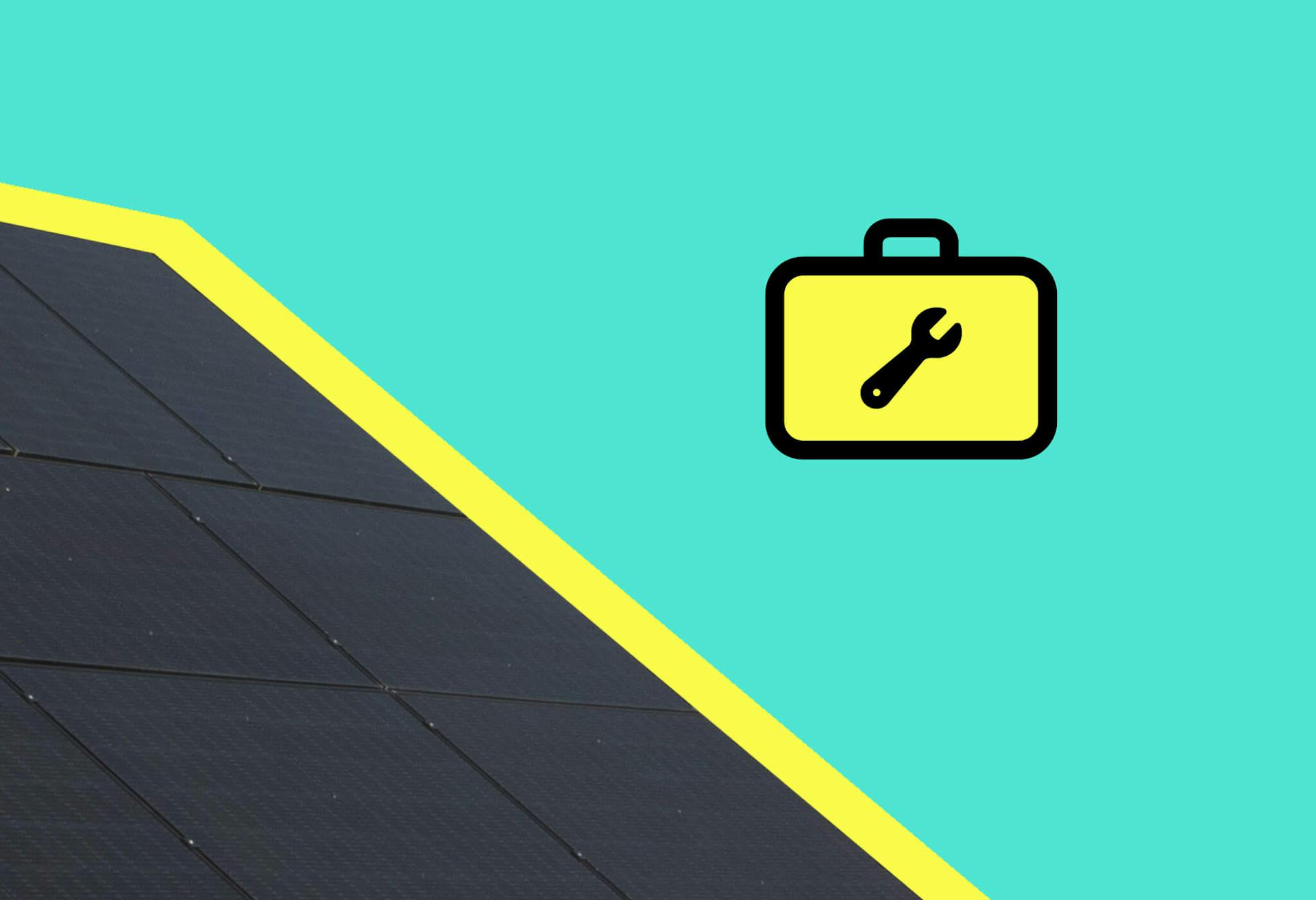
Solar panel maintenance: an expert guide
Read full story
Solar panel apps: how do they work?
Read full story
Written byJosh Jackman
Josh has written about the rapid rise of home solar for the past six years. His data-driven work has been featured in United Nations and World Health Organisation documents, as well as publications including The Eco Experts, Financial Times, The Independent, The Telegraph, The Times, and The Sun. Josh has also been interviewed as a renewables expert on BBC One’s Rip-Off Britain, ITV1’s Tonight show, and BBC Radio 4 and 5.